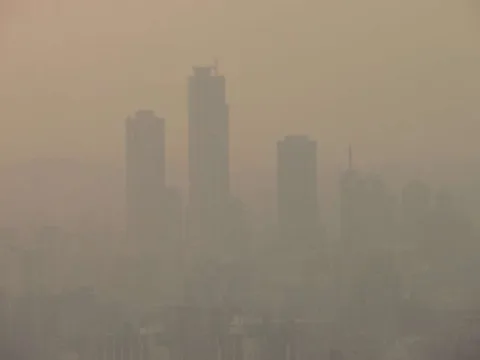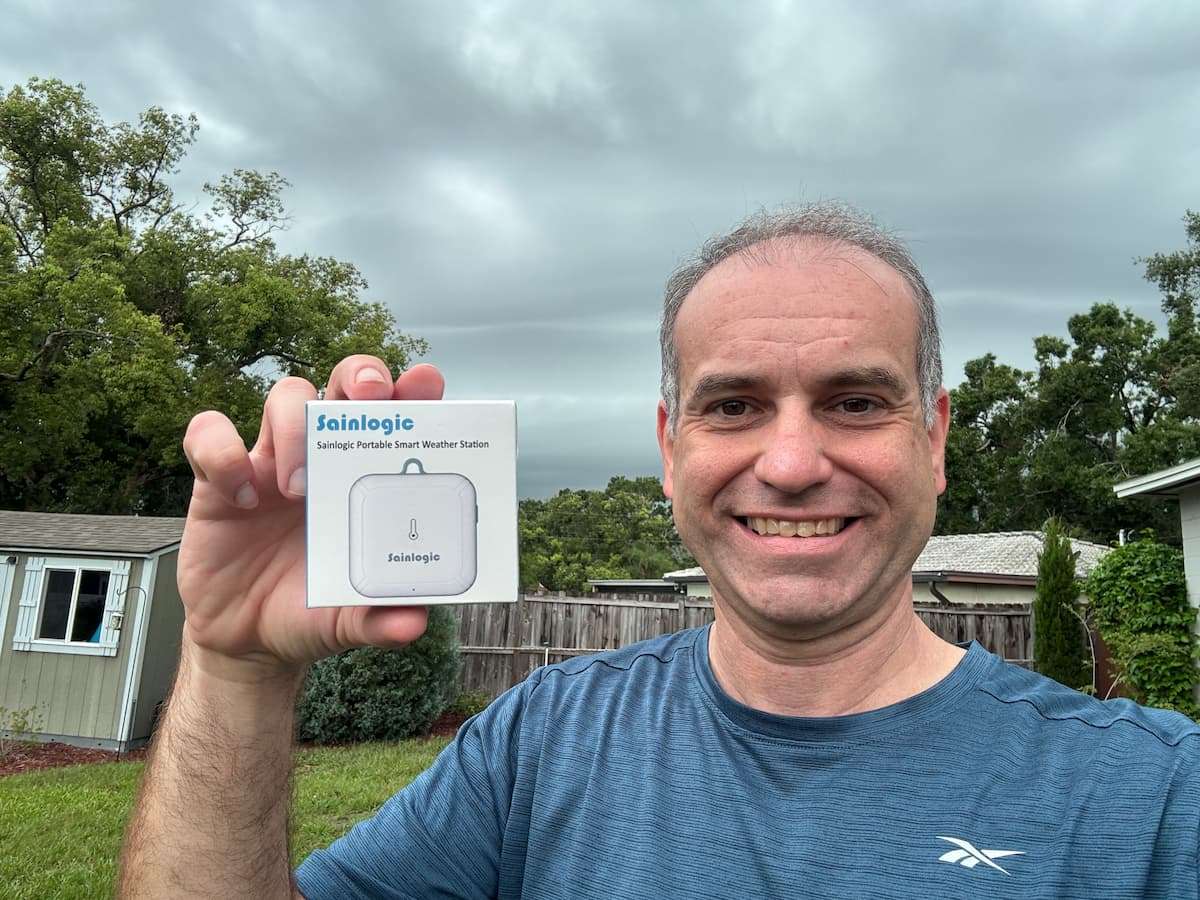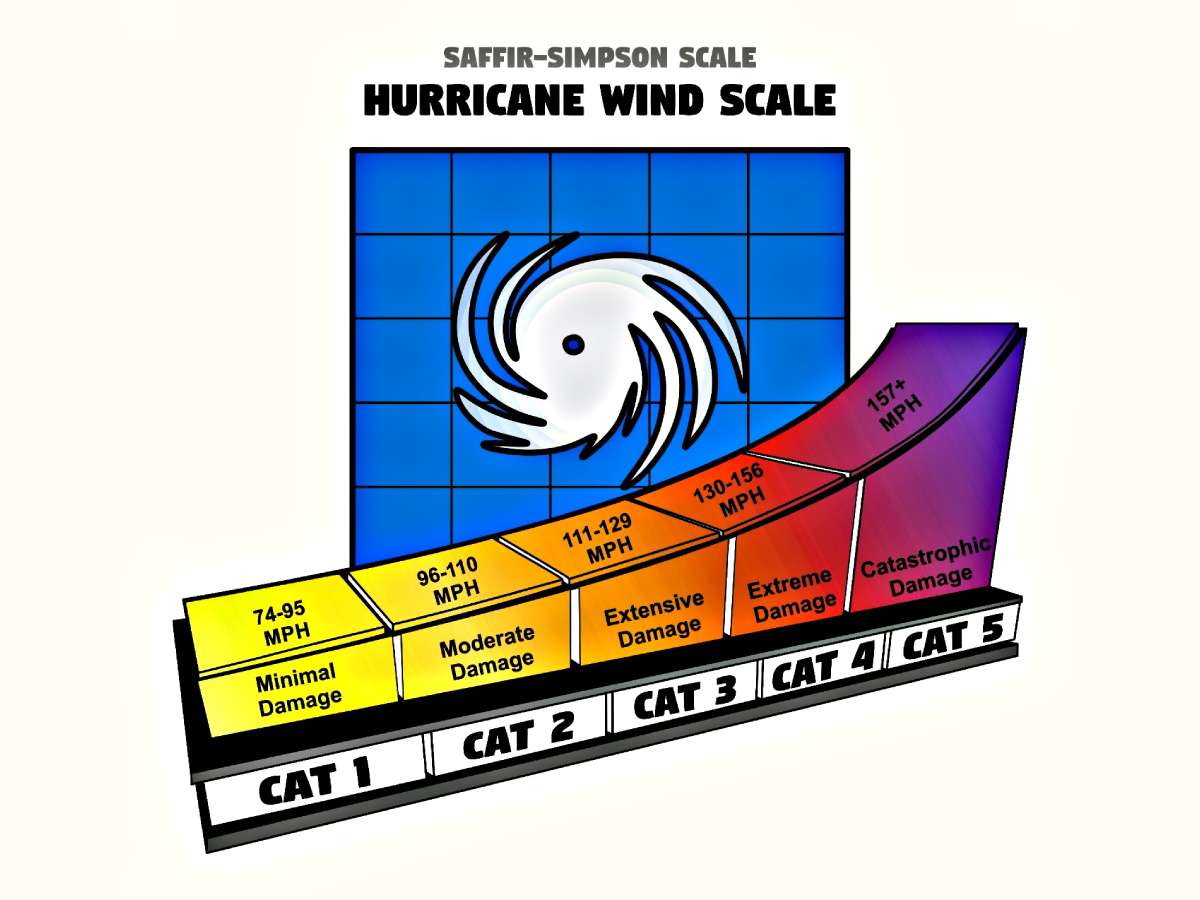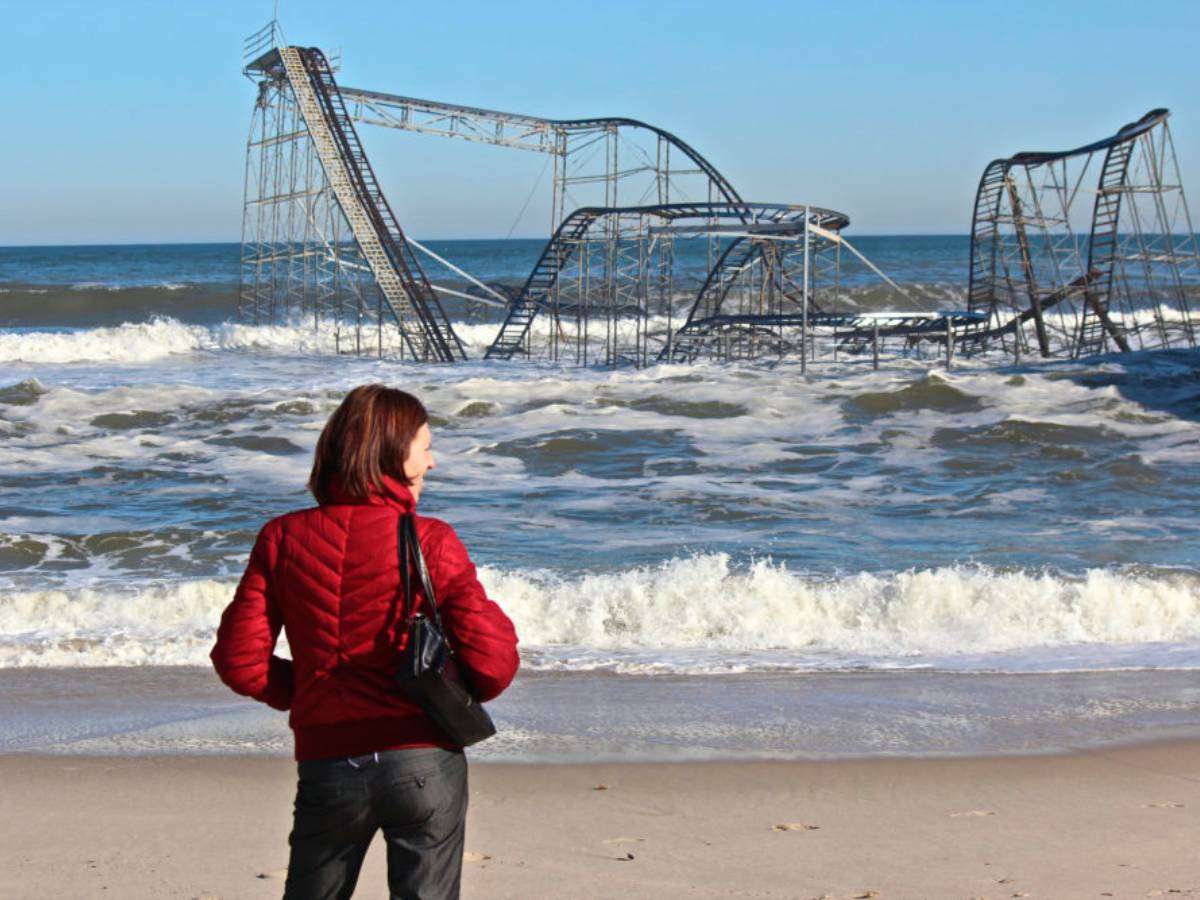
In weather, a lot of words sound similar or seem to be related to each other and, yet, mean entirely different things.
Fog and smog. Those 2 words sound a bit similar, and they even seem like they could mean the same thing, don’t they?
Well, while the smog pollution in Los Angeles may be as thick as the fog around the Smoky Mountains, fog and smog are 2 different things!
What Fog Is
Before I discuss smog and what smog pollution, let’s first take a look at the fog and the different types of fog. This will help you to see not only how fog and smog are different, but why they’re different.
Fog is a cloud that forms at ground level. There are several types of fog, a few of them being:
- Radiation fog can form during clear nights, when clouds which usually trap heat close to the earth’s surface are not around. Without clouds, heat rises, radiating away from the ground and up into space. When the cool air left behind mixes with moist air, fog forms.
- Evaporation fog forms when the process of evaporation causes warm air and water vapor to mix with drier, cooler air. The 2 common types of evaporation fog are frontal fog and steam fog.
- Freezing fog is formed when a type of very cold water droplet — a supercooled water droplet — turns from its liquid state to ice upon making contact with something else.
- Advection fog occurs when moist, warm air passes along a cool surface; this type of fog is known for moving along the ground — horizontally. Sea fog is a type of advection fog.
Now that you know a little bit about fog and how it forms, let’s talk about smog and smog pollution…
About Smog & Smog Pollution
Smog is a term that combines the words smoke and fog and refers to a dangerous type of pollution.
When Dr. Henry Antoine des Voeux first used the term in 1905, he was referring to the thick mix of London fog and smoke from coal firing.
Today, smog is more likely to be caused by a nasty — sometimes deadly — mixture of:
- Auto exhaust
- Factory emissions
- Pollutants released by paint, hairspray, and many other types of common products
Smog pollution is common in areas with high populations, such as in and around big cities and metropolitan regions. Some of the most-populated areas that have to deal with smog are:
- Los Angeles
- New York City
- London
- Beijing
Smog is typically worse in
- Hot climates
- Basins
- In or near valleys
These are the types of geological situations where smog can sit for periods of many hours — even days — until being pushed away by strong winds or washed away with rain.
Many studies suggest smog can trigger serious health problems, like heart attacks, lung cancer, and asthma. Serious smog pollution events can kill scores of people — as happened in 1963 when 200 New Yorkers died — and cause people to delay their activities, like a 1954 smog event in Los Angeles which closed down school in the area for about a month.
Fog and Smog: Precautions
Fog and smog may be different, but each is dangerous in its own way.
Fog is a hazard when it becomes thick and forms over roads and highways. Because of reduced visibility, it’s important to turn on your headlights and reduce your speed when driving through fog. When you reduce your speed, you have a better chance of fully stopping your car before impact should you have to brake quickly.
When smog levels are especially high, breathing can become complicated. If you normally have breathing difficulties or have certain chronic conditions, your chances of suffering adverse reactions to smog pollution increase substantially. All young children and the elderly are also at increased risk of immediate health concerns if they go outdoors during smog pollution episodes.




